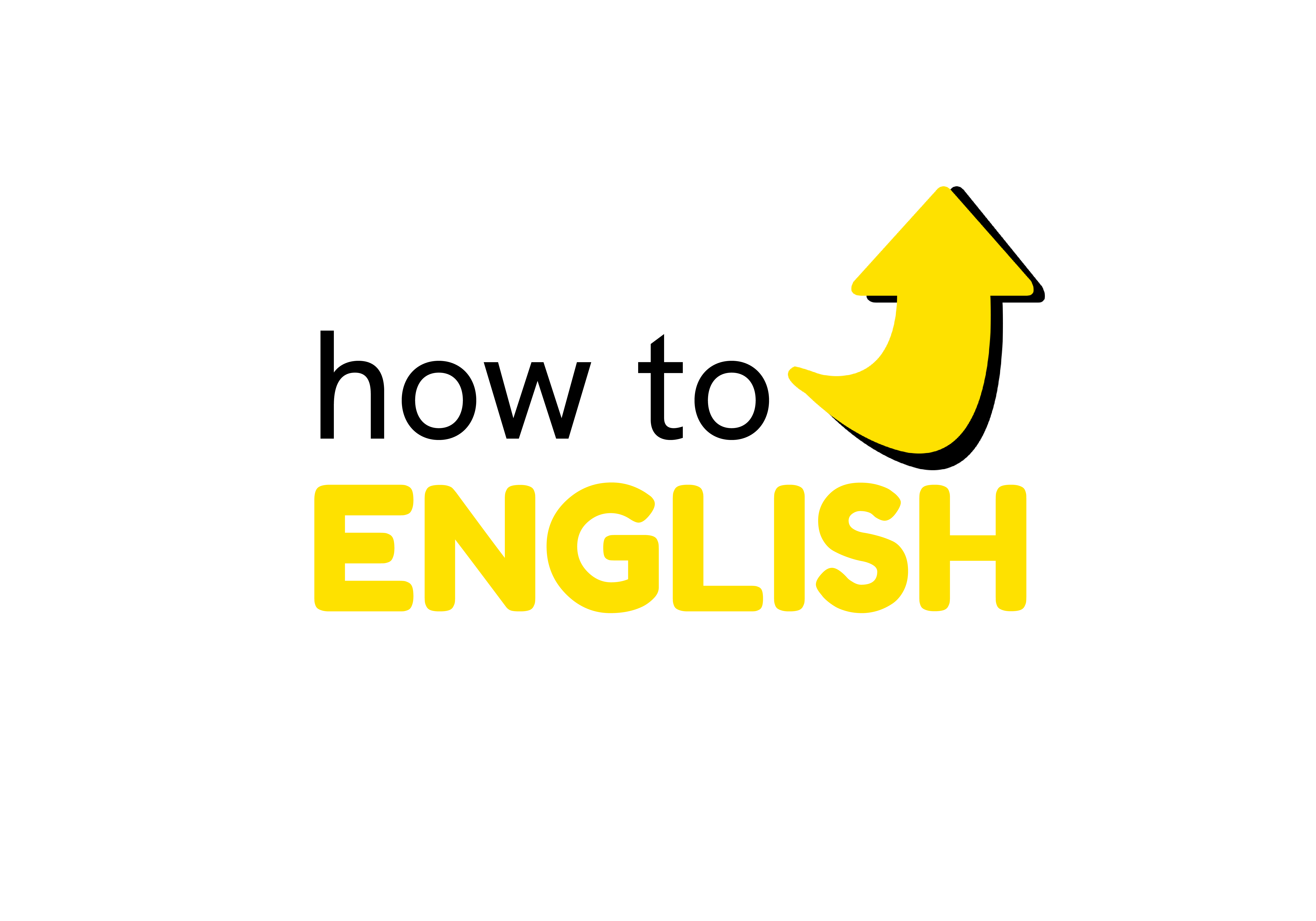As many of you already know, I’m learning to play the piano.
Language and music have a lot more in common than you think. In fact, they share some of the same processes in the brain.
The parts of the brain which process individual words and vocabulary are the same parts of the brain that process melodies in music.
The parts of the brain that process grammar and the way you put words together are the same parts of the brain that process scales in music.
Words and vocabulary = melodies.
Grammar and syntax = musical scales.
Likewise, the way you learn a language has many things in common with the way you learn a musical instrument.
To learn an element of language, whether it be grammar, vocabulary or anything else, you first need to expose yourself to the thing that you want to learn.
Then, when you know and understand what is correct, you practise it until you are able to reproduce it on your own.
What I mean by reproduce it on your own is that you can use it correctly, without any mistakes, pauses or hesitation.
When you want to learn to play a new song on a musical instrument, you do exactly the same.
You expose yourself to the correct version of the song you want to play (by listening and playing by ear or by reading the sheet music for the song), and then you practise until you are able to reproduce it on your own.
Again, without mistakes, pauses or hesitation.
Now, imagine you want to play a new song on the piano and all you do is read the sheet music, how well do you think you’ll be able to play the song?
Exactly, not very well at all.
In fact, not at all.
It doesn’t matter how many times you read it or listen to it. If you never touch the keys on the piano, you’ll never be able to play it.
Now that seems really obvious, doesn’t it?
So let’s put it in the context of English learning.
Imagine you see or listen to something in English that you don’t know or understand. A new word, for example.
Maybe you look up the word in the dictionary, find the meaning and write it in your notebook.
However, if you only do that, it doesn’t mean that you’ve learnt it. You have just taken the first step in the learning process: expose yourself to the correct version of the thing you want to learn.
If you never practise it, you’ll never be able to use it without mistakes, pauses or hesitation.
And that is the only thing that matters.
Unfortunately, I think the vast majority of English learners only take that first step in learning.
The result is a head full of unconsolidated language that they may understand, but they can’t use.
The only thing that matters is to be able to use it.
There are two basic steps in English learning.
The first step is to acquire knowledge. You do this by exposing yourself to the correct version of the thing you want to learn. You can do this by looking up a word in a dictionary if it’s vocabulary, or by reading explanations of grammar elements. You can also watch some YouTube videos on the grammar point you’re trying to learn.
The first step is to get the general understanding of the thing you want to learn.
Step two is to consolidate that knowledge. You do this by practising the thing you want to learn correctly in a controlled environment. You can do this through spoken repetition, by creating example sentences, by using memory techniques to have the correct version of the thing you want to learn extremely clear in your head.
Most English learners don’t do step two. Or they only do too little of step two.
Have you ever felt frustrated because you’ve learnt something a million times but you still can’t use it?
Yes, of course you have.
Well, it’s because you don’t do step two or you don’t do enough of step two.
Which brings us to the question, “Why don’t English learners do enough of step two?”
I think they don’t do enough of step two for two reasons.
First, they think that teachers put knowledge into English learners’ heads. They think that if they just attend English classes, then they’ll learn automatically.
Wrong.
All learning comes from within.
All learning comes from within.
The second reason is that step one is very easy. It’s super easy.
It’s absorbing information.
When you absorb information, you don’t actually do anything.
Let me put it another way.
Which is easier, watching people run or running?
Yeah…[thrive_leads id=’1049′]
If you never do step two, you never really learn anything.
If you continue to only do step one, you will never really learn anything.
Maybe that sounds a little negative.
But I mean it in a very positive way.
It means that all you need to do to truly learn something is practise what you know is correct.
You know this already, but maybe you don’t know the importance of it. If you don’t practise what you want to learn, you will never learn it.
Put more importance on step two of learning and everything becomes easier.
Your aim should be to use language correctly, without any mistakes, pauses or hesitation.
Step two is what will get you there.
So get off that first step and start climbing.
